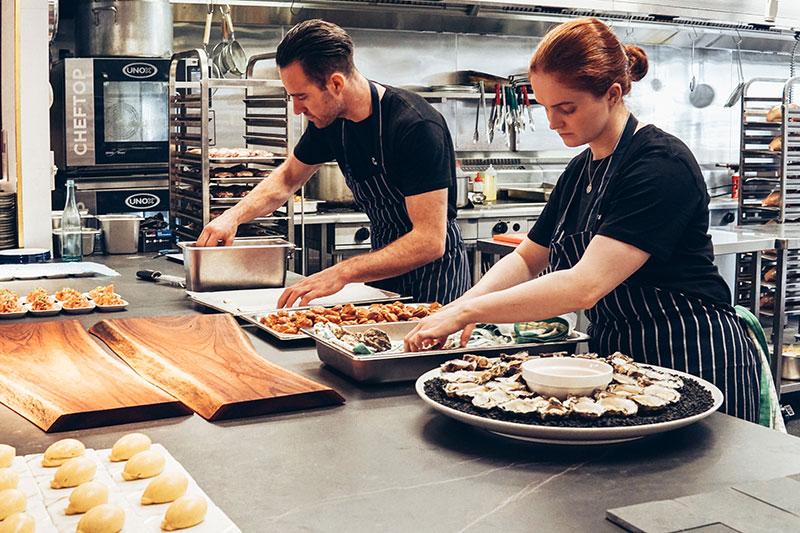Ensuring a Healthy Dining Experience: A Comprehensive Guide to Health Department Inspections in Restaurants

In the dynamic world of food service, maintaining high standards of cleanliness and safety is paramount. One crucial aspect of ensuring the well-being of both customers and staff is the health department inspection.
This blog post delves into the intricate details of what health departments inspect in restaurants, shedding light on the key areas that demand attention and compliance.
I. Overview of Health Department Inspections
1. Purpose of Inspections
- Understanding the primary goal: protecting public health.
- Ensuring compliance with local, state, and federal regulations.
2. Frequency of Inspections
- Exploring how often health inspections typically occur.
- Factors influencing inspection frequency.
II. Focus Areas of Health Department Inspections
3. Food Handling and Storage
- Proper storage of raw and cooked foods.
- Prevention of cross-contamination.
- Adequate refrigeration and temperature control.
4. Hygiene and Personal Practices
- Employee handwashing procedures.
- Use of gloves and hairnets.
- Cleanliness of staff uniforms.
5. Sanitation and Cleanliness
- Maintenance of clean and sanitized food preparation surfaces.
- Proper dishwashing and sanitizing procedures.
- Regular cleaning schedules for kitchen equipment.
6. Pest Control
- Strategies for preventing and managing pest infestations.
- Knowledge of common pests in food facilities like cockroaches. (Learn more about cockroaches in food services businesses)
- Importance of regular commercial pest control
7. Facility Maintenance
- Upkeep of plumbing and sewage systems.
- Ensuring the restaurant layout promotes cleanliness.
- Adequate ventilation and lighting.
III. Documentation and Record-Keeping
8. Record-Keeping Requirements
- Maintaining accurate records of food sources and suppliers.
- Keeping track of employee training on food safety.
9. Display of Permits and Certifications
- The importance of prominently displaying health department permits.
- Ensuring all required certifications are up-to-date.
IV. Common Violations and How to Avoid Them
10. Common Health Code Violations
- Highlighting typical violations found in restaurants.
- Strategies for avoiding common pitfalls.
11. Employee Training and Education
- The role of ongoing training in preventing violations.
- Implementing a culture of food safety within the restaurant.
In conclusion, health department inspections are a critical aspect of running a successful and responsible restaurant, and pest control in food-audited facilities is essential.
By understanding the specific areas that inspectors focus on and implementing proactive measures, restaurant owners and operators can not only meet regulatory requirements but also create a safe and enjoyable dining experience for their customers.
Prioritizing food safety is not just a legal obligation; it’s a commitment to the health and well-being of everyone who walks through the restaurant doors. Learn more about our Toronto pest control services and how we can help your restaurant ensure food safety compliance today.





You must be logged in to post a comment.